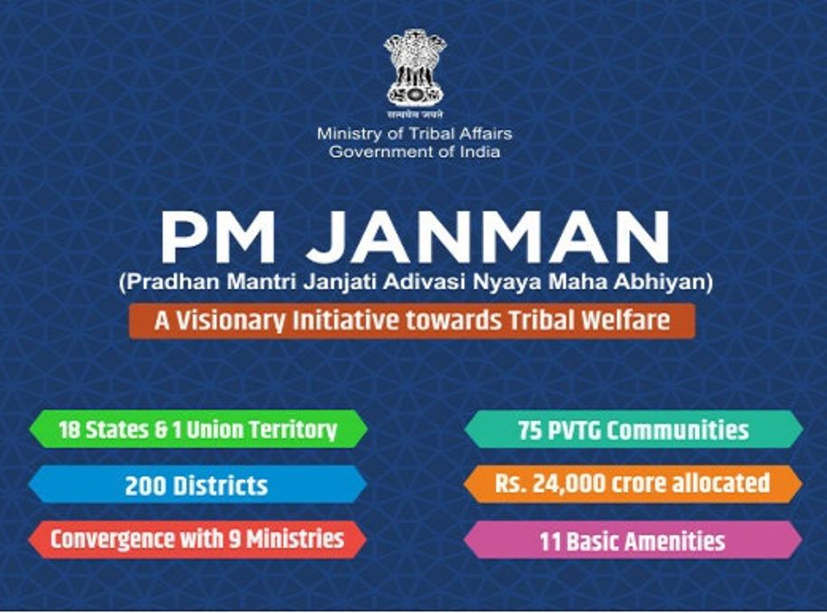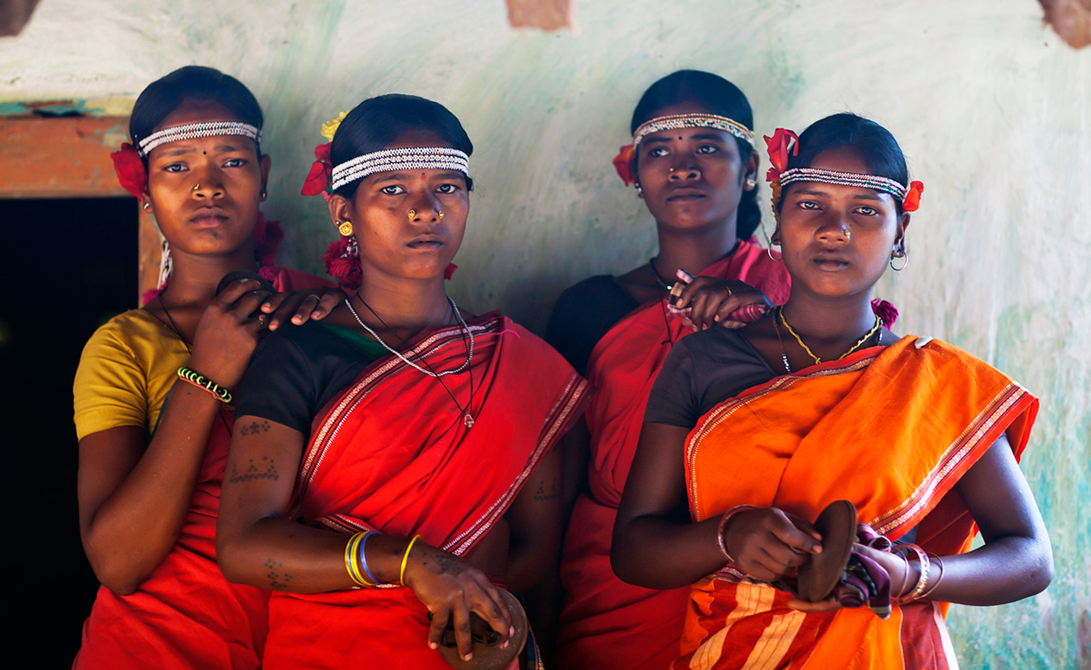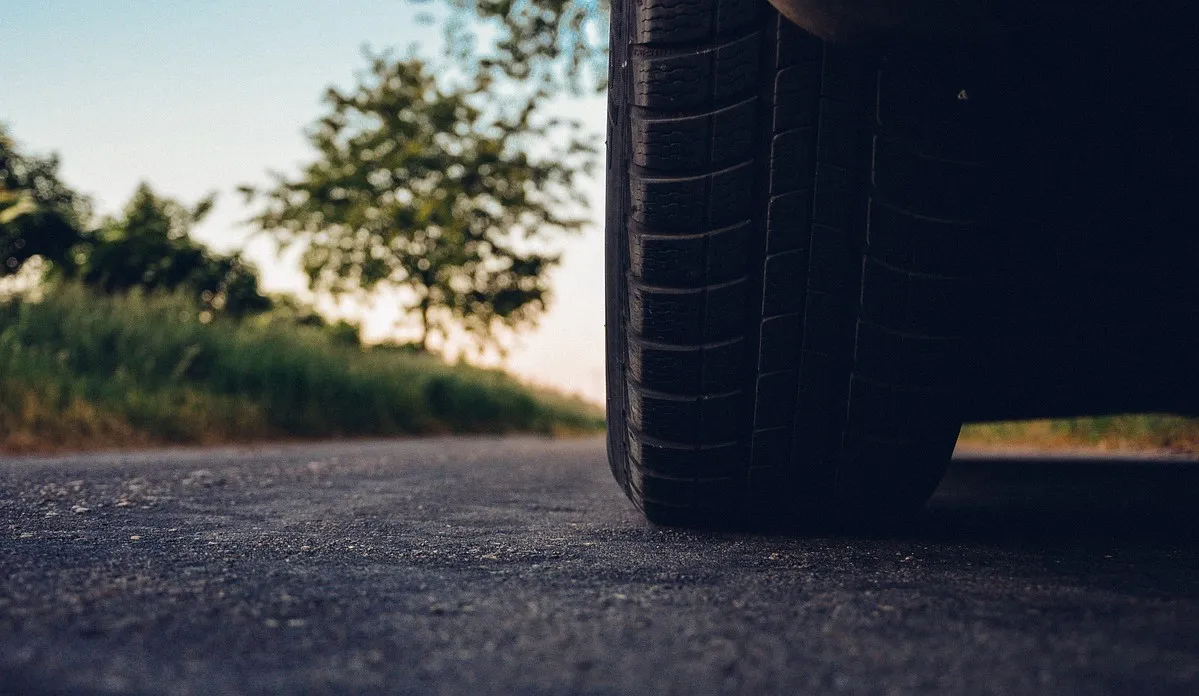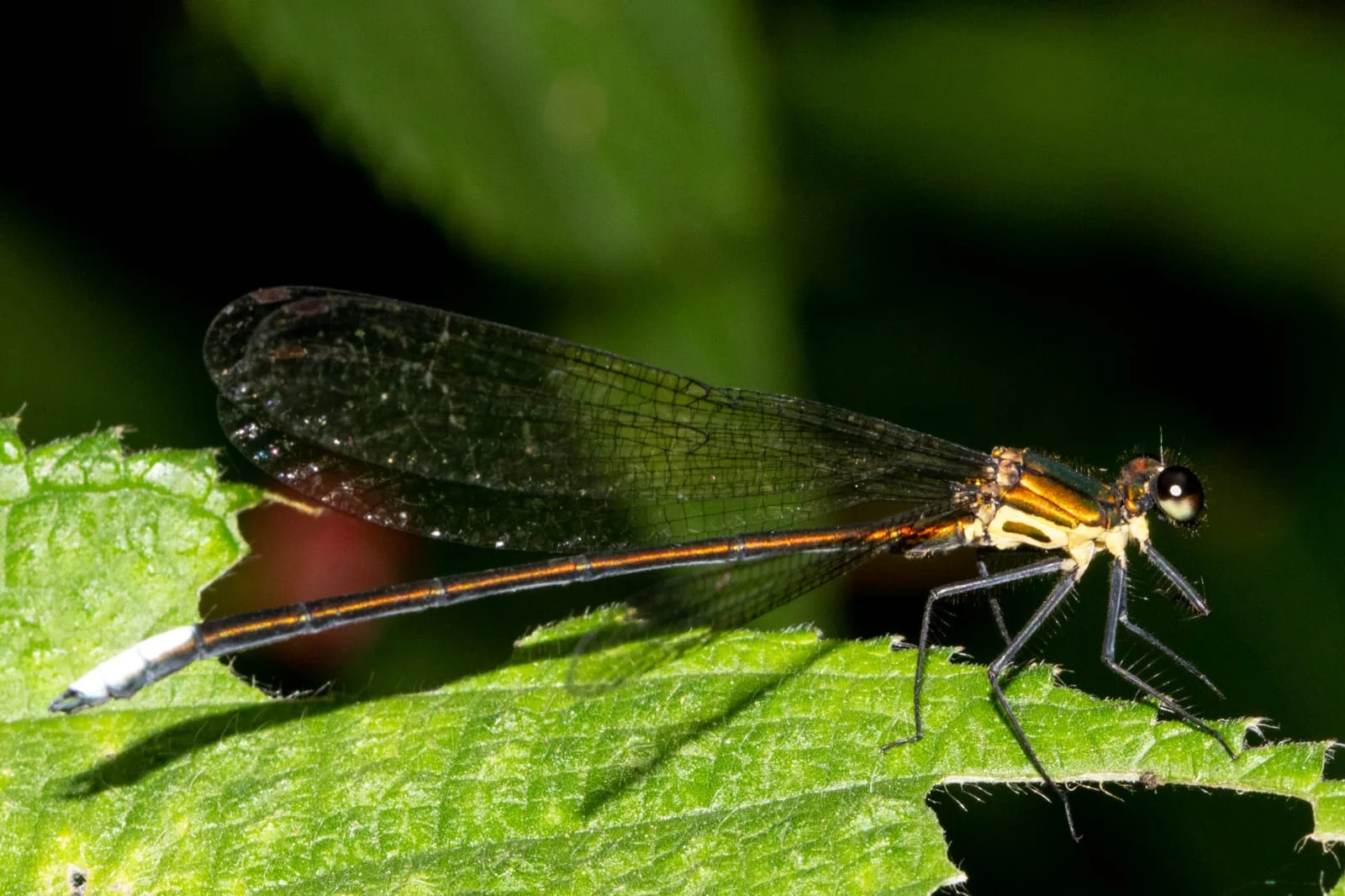- Courses
- GS Full Course 1 Year
- GS Full Course 2 Year
- GS Full Course 3 Year
- GS Full Course Till Selection
- Online Program
- GS Recorded Course
- NCERT (Recorded 500+ Hours)
- Polity Recorded Course
- Geography Recorded Course
- Economy Recorded Course
- AMAC Recorded Course
- Modern India, Post Independence & World History
- Environment Recoded Course
- Governance Recoded Course
- Science & Tech. Recoded Course
- International Relations and Internal Security Recorded Course
- Disaster Management Module Course
- Ethics Recoded Course
- Essay Recoded Course
- Current Affairs Recoded Course
- CSAT
- 5 LAYERED ARJUNA Mentorship
- Public Administration Optional
- ABOUT US
- OUR TOPPERS
- TEST SERIES
- FREE STUDY MATERIAL
- VIDEOS
- CONTACT US
Muria Tribe: Lost in the Woods
Muria Tribe: Lost in the Woods
Over a decade ago, Muria tribals fled the Dandakaranya region in Chhattisgarh due to violent conflict between left-wing extremists and the state-sponsored Salwa Judum. They have taken refuge in the reserved forests of Andhra Pradesh, but primary education, safe drinking water and social welfare benefits remain distant dreams for them.
- Now they are once again facing the threat of displacement.
About Muria tribe:
- Location: The Muria tribe is spread across the states of Telangana, Andhra Pradesh, Chhattisgarh and Odisha.
- IDP Status: Their settlements in Andhra Pradesh are recognized as habitations of Internally Displaced People (IDPs). The tribal population in A.P. numbers around 6,600, and they are referred to as "Gutti Koyas" by the native tribes.
- Language: The Muria people speak Koya, a Dravidian language.
- Progressive Social Norms: The Muria tribe has a unique practice called the Ghotul, which is a community dormitory for young people to learn, socialize, and form relationships before marriage.
The Gutti Koyas held Scheduled Tribe (ST) status in Chhattisgarh, but they were denied ST status in their migrated states, such as Telangana. This lack of recognition has deprived them of essential rights and benefits.
FAQs:
Q1: What is the aim of Pradhan Mantri Janjati Adivasi Nyaya Maha Abhiyan (PM-JANMAN)?

Pradhan Mantri Janjati Adivasi Nyaya Maha Abhiyan (PM-JANMAN) is a campaign by the Government of India to improve the socio-economic conditions of PVTGs households and habitats. The campaign aims to provide essential amenities such as:
- Secure housing
- Clean drinking water
- Sanitation
- Improved access to education
- Health
- Nutrition
- Enhanced road and telecom connectivity
- Sustainable livelihood opportunities
- Basic facilities to PVTG families
- Awareness about their entitlements
About PVTGs: Particularly Vulnerable Tribal Groups are more vulnerable among tribal groups.

- In 1973, the Dhebar Commission classified less developed tribal communities as Primitive Tribal Groups (PTGs).
- In 2006, the Government of India renamed PTGs as Particularly Vulnerable Tribal Groups (PVTGs).
- Criteria for Recognizing Particularly Vulnerable Tribal Groups:
- Pre-agricultural technological level
- Low literacy rates
- Economic underdevelopment
- Declining or stagnant population
- Population: The 2011 Census reported 2.8 million Particularly Vulnerable Tribal Groups spread across 75 tribes, 22,544 villages, 220 districts, and 18 states and Union Territories in India.
- Odisha has the highest number of PVTGs, followed by Madhya Pradesh, and Andhra Pradesh (including Telangana).
- The Saura community from Odisha is the largest PVTG, with a population of about 535,000.
Must Check: Best IAS Coaching In Delhi




